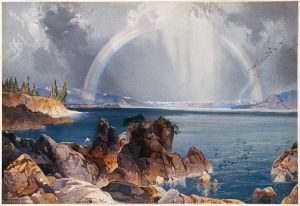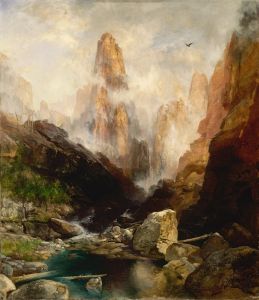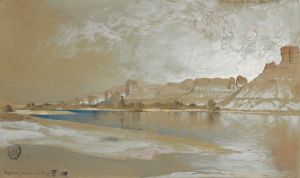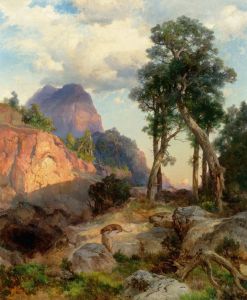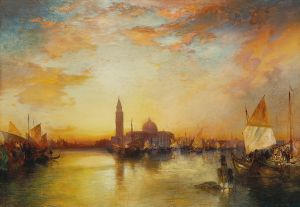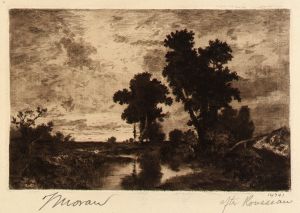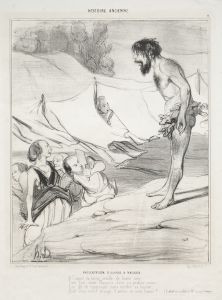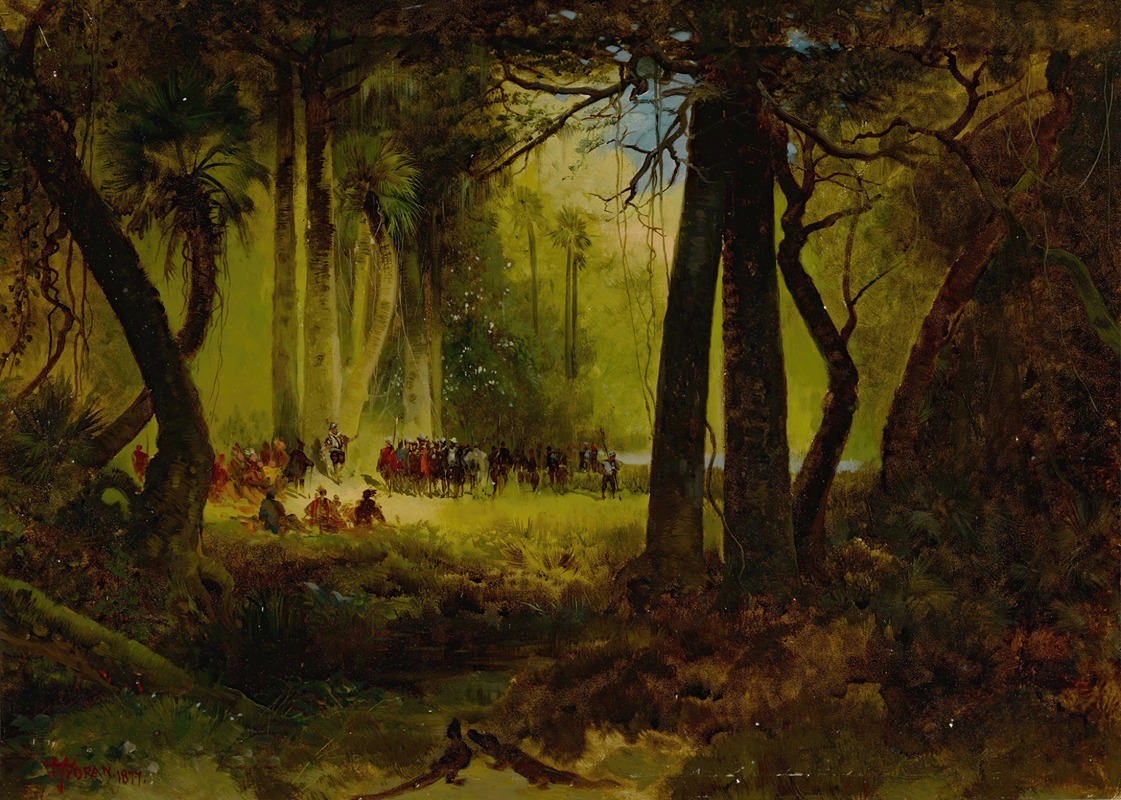
Reception of Dominique de Gourgues by the Indians
A hand-painted replica of Thomas Moran’s masterpiece Reception of Dominique de Gourgues by the Indians, meticulously crafted by professional artists to capture the true essence of the original. Each piece is created with museum-quality canvas and rare mineral pigments, carefully painted by experienced artists with delicate brushstrokes and rich, layered colors to perfectly recreate the texture of the original artwork. Unlike machine-printed reproductions, this hand-painted version brings the painting to life, infused with the artist’s emotions and skill in every stroke. Whether for personal collection or home decoration, it instantly elevates the artistic atmosphere of any space.
"Reception of Dominique de Gourgues by the Indians" is a painting created by the American artist Thomas Moran in 1870. Thomas Moran, best known for his dramatic landscapes of the American West, was a prominent painter and printmaker of the 19th century. This particular work, however, diverges from his usual subject matter and depicts a historical event tied to the French explorer Dominique de Gourgues.
The painting illustrates a moment from 1568 when Dominique de Gourgues, a French nobleman and soldier, was reportedly welcomed by Indigenous peoples in Florida. De Gourgues is known for his retaliatory expedition against the Spanish forces who had previously massacred French Huguenots at Fort Caroline, near present-day Jacksonville, Florida. After capturing the Spanish forts in the area, de Gourgues formed alliances with local Indigenous groups, who played a significant role in his campaign. The painting captures the moment of camaraderie and mutual respect between de Gourgues and the Indigenous people, emphasizing their alliance against the Spanish.
Moran's depiction is notable for its romanticized portrayal of the event, a common characteristic of 19th-century historical paintings. The work reflects the artistic trends of the time, which often idealized historical and cultural interactions. While the painting is not considered one of Moran's most famous works, it demonstrates his interest in historical subjects and his ability to convey narrative through dramatic composition and vivid detail.
The painting is part of the collection of the Smithsonian American Art Museum in Washington, D.C. It remains an example of how 19th-century artists interpreted and represented historical events, often blending fact with artistic imagination to create compelling visual narratives.








